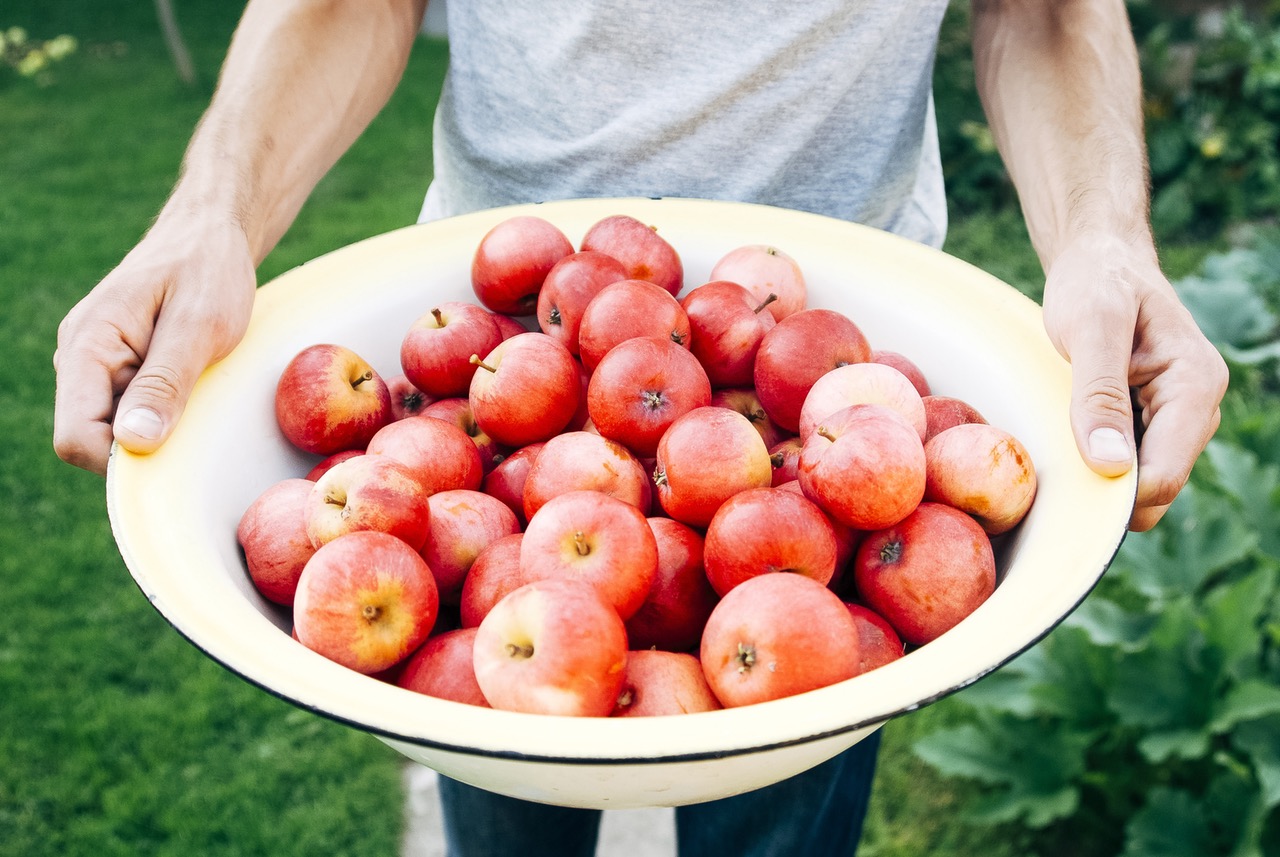Feeding the World Without Destroying It
Author: Eric Holt-Gimenez | May 8th, 2017
The seas are rising, droughts are spreading, and storms are becoming more violent. Many people in the world are already feeling the disastrous effects of climate change—especially farmers.
Farming is a special climate case because not only do crops suffer under erratically changing weather patterns, but agriculture—at least the high-input, fossil fuel and chemical-based agriculture that is being touted as the solution to world hunger—is one of the major sources of greenhouse gases (GHG) that drive global warming.
Can we feed the world without destroying it? The answer is a definite “yes!” Climate change impacts hunger, but this doesn’t mean hunger or global warming are inevitable. But we will have to change the way we grow and consume our food.
The good news is we already have the methods to both feed and cool the planet: agroecology. The problem is, the agrifoods industry—and our political leaders—want to keep business as usual.
The global food system accounts for up to one-third of today’s global greenhouse gas (GHG) emissions. From synthetic fertilizer application to transport and storage, our industrial agriculture system is dependent on fossil fuels. Methane emissions directly from animals, synthetic inputs, and large-scale deforestation and land degradation have proven to be a disastrous environmental cocktail.
Livestock alone now produce more GHGs than all global transportation combined. Eighty percent of the livestock industry’s expansion comes from industrial-scale factory farms. This large-scale growth is driven by corporate consolidation around the world. Monsanto and Bayer are expecting a rubber stamp for from the Trump administration for the biggest agribusiness merger in history that will give them a third of the global seed market and a quarter of the global pesticide market. ChemChina and Syngenta’s proposed merger follows, and Dow and Dupont are following suit.

